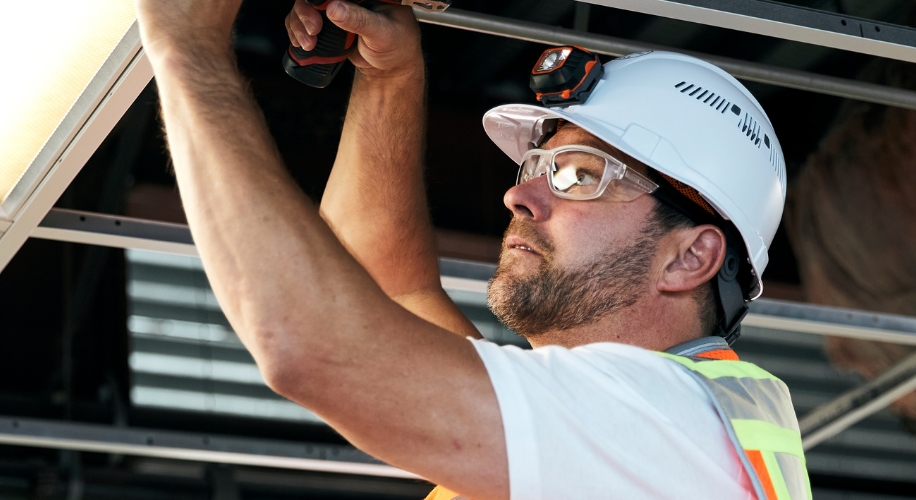Trivex vs. Polycarbonate Lenses: Which Lens suits you best?
- BY Dr. Steven Liem
- IN Lenses

When it comes to choosing eyeglass lenses, the options can seem overwhelming. Among the popular choices are Trivex and polycarbonate lenses, both known for their impact resistance and durability. But what sets these two materials apart, and which one is the best fit for your needs? Let’s delve into the details to help you make an informed decision.
The Importance of Impact Resistance
Before we dive into the specifics of Trivex and polycarbonate lenses, let’s first understand why impact resistance is crucial. Whether you’re working in a hazardous environment, engaging in sports activities, or simply going about your daily routine, your eyes are vulnerable to potential accidents or impacts. Impact-resistant lenses provide an added layer of protection, reducing the risk of eye injuries and ensuring your eyes remain safe in various situations. This is especially important for children, who should wear impact-resistant lenses to safeguard their eyes during activities.
Trivex vs. Polycarbonate: Which Is Thinner?
When it comes to thickness, both Trivex and polycarbonate lenses offer significant advantages over traditional plastic lenses. However, in terms of sheer thinness, polycarbonate lenses tend to come out on top. Polycarbonate lenses are approximately 20% to 25% thinner than standard plastic lenses of the same prescription. On the other hand, while Trivex lenses are also relatively thin, they may not be as thin as polycarbonate lenses in some cases.
Pros and Cons of Polycarbonate Lenses
Polycarbonate lenses have gained popularity for several reasons. One of their key advantages is their exceptional impact resistance, making them ideal for safety glasses, sports eyewear, and children’s glasses. Additionally, polycarbonate lenses offer built-in UV protection and are lightweight, making them comfortable to wear for extended periods. However, one potential downside is that polycarbonate lenses may not have the same optical clarity of some other lens materials.
Pros and Cons of Trivex Lenses
Trivex lenses, while less common than polycarbonate, also offer impressive impact resistance and durability. They are known for their excellent optical clarity, providing sharp and distortion-free vision. Trivex lenses are lightweight and thin, making them comfortable to wear. Moreover, they are resistant to scratches and offer built-in UV protection.
Making the Right Choice for Your Needs
When deciding between Trivex and polycarbonate lenses, it’s essential to consider your specific needs and preferences. If you prioritize impact resistance and lightweight comfort, polycarbonate lenses may be the ideal choice for you. On the other hand, if optical clarity and scratch resistance are paramount, Trivex lenses may be more suitable. Ultimately, consulting with your eye care professional is the best way to determine which lens material aligns with your lifestyle and vision requirements.
Both Trivex and polycarbonate lenses offer impressive benefits in terms of impact resistance, durability, and comfort. Whether you opt for the thinner profile of polycarbonate lenses or the optical clarity of Trivex lenses depends on your individual needs and preferences. By understanding the differences between these two materials and consulting with your eye care provider, you can make an informed decision and ensure optimal eye protection and visual acuity for years to come.



